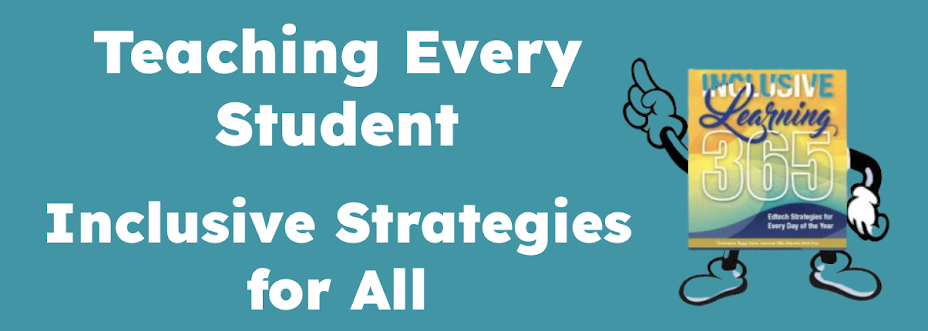Recently, the US Department of Education released information about additional funding sources to support students with special needs under IDEA B and C.
The American Recovery and Reinvestment Act of 2009 (ARRA) appropriates significant new funding for programs under Parts B and C of the Individuals with Disabilities Education Act (IDEA). Part B of the IDEA provides funds to state educational agencies (SEAs) and local educational agencies (LEAs) to help them ensure that children with disabilities, including children aged three through five, have access to a free appropriate public education to meet each child's unique needs and prepare him or her for further education, employment, and independent living.This site provides preliminary information about what your state might receive.
The IDEA recovery funds under ARRA will provide an unprecedented opportunity for states, LEAs, and early intervention service providers to implement innovative strategies to improve outcomes for infants, toddlers, children, and youths with disabilities while stimulating the economy.
The guiding principles include:
- Spend funds quickly to save and create jobs (I'm not making this up.)
- Improve student achievement through school improvement and reform
- Ensure transparency, reporting and accountablility
- Invest one-time funds thoughtfully to avoid the "funding cliff"
The IDEA recovery funds constitute a large one-time increment in IDEA, Part B funding that offers states and LEAs a unique opportunity to improve teaching and learning and results for children with disabilities. Generally, funds should be used for short-term investments that have the potential for long-term benefits, rather than for expenditures the LEAs may not be able to sustain once the recovery funds are expended. Some possible uses of these limited-term IDEA recovery funds that are allowable under IDEA and aligned with the core reform goals for which states must provide assurances under SFSF include:It's right there in the law - the very first recommendation! Acquire the appropriate Assistive Technology and provide the necessary professional development.
Obtain state-of-the art assistive technology devices and provide training in their use to enhance access to the general curriculum for students with disabilities.
Provide intensive district-wide professional development for special education and regular education teachers that focuses on scaling-up, through replication, proven and innovative evidence-based school-wide strategies in reading, math, writing and science, and positive behavioral supports to improve outcomes for students with disabilities. (refer to the site for additional allowable uses).
What a unique opportunity to assist our students in the acquisition of the assistive technology that they need to make effective progress in our schools. AND, as we well know, availability of the devices, software and hardware alone never ensures success. The guidelines suggest that LEAs use the recovery funds to provide the professional development required to promote curriculum access.
We are presented with an UNPRECEDENTED OPPORTUNITY to meet the needs of our students. Be a part of the discussion with your special education directors. Be an advocate for your students. Identify the assistive technology solutions that your students need and request the professional development required to ensure seamless integration.
Finally, we can consider our student's needs first. Be a part of the solution.
Additional Information: http://www.donjohnston.com/
Economic Stimulus Package Webinar (from Atomic Learning)
